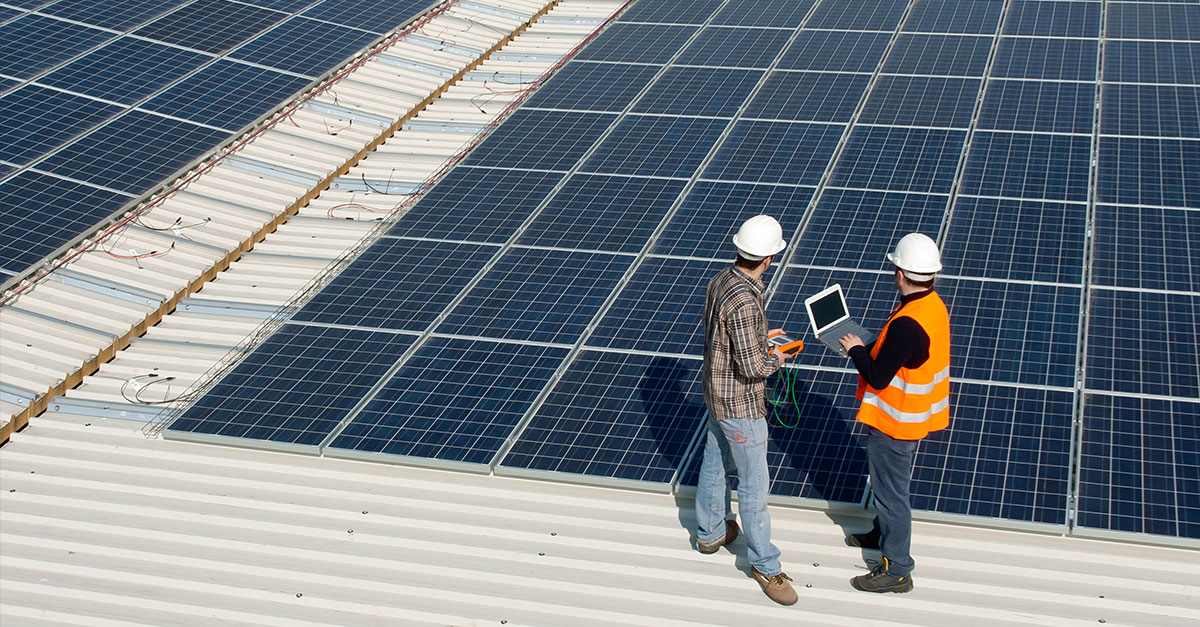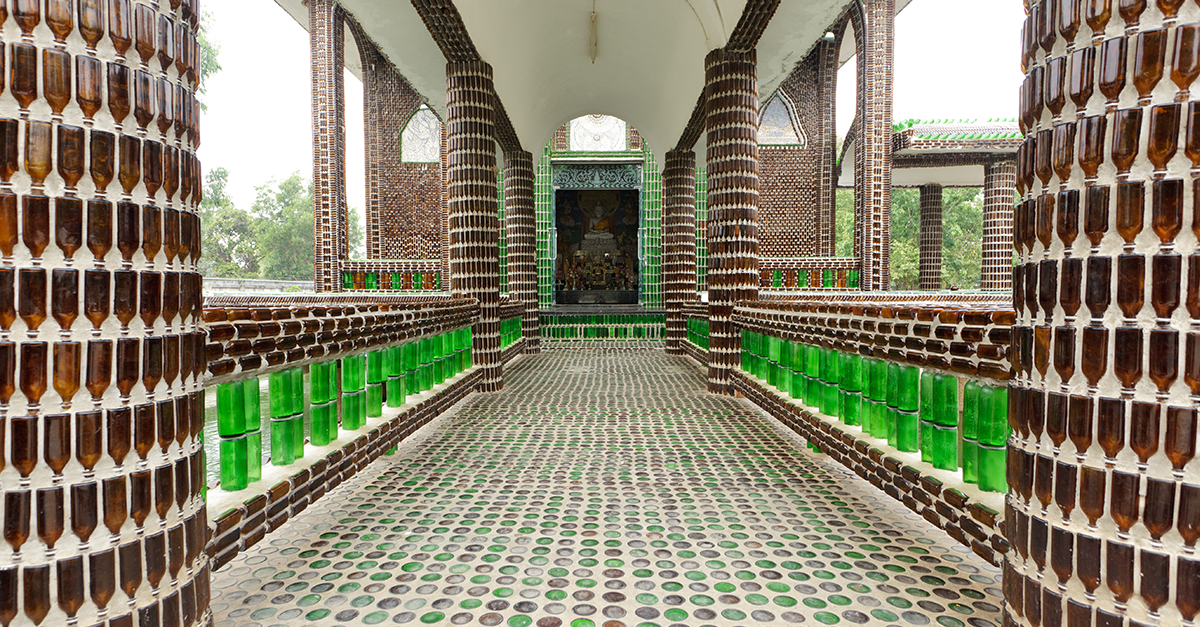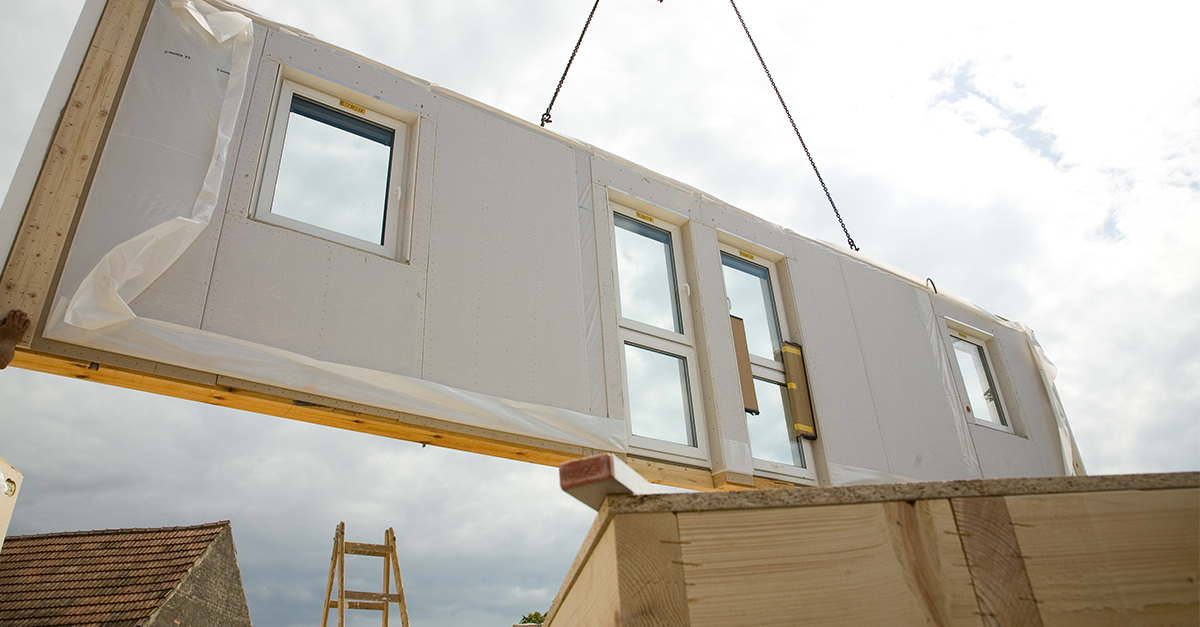Best Practices for Sustainable Construction

Sustainable construction management means far more than building environmentally-friendly structures. What is sustainable construction, then? It is the combination of sustainable construction practices and sustainable building materials in order to reduce waste and environmental impact. With construction and demolition materials — concrete, wood, asphalt — piling up quicker than they can be cleared, there is mounting pressure on the construction industry to recycle and repurpose waste. By 2025, the volume of construction waste generated each year is expected to double to 2.2 billion tons, according to Construction & Demolition Recycling. To reduce this number quickly and effectively, we should follow sustainable construction management methods and invest in sustainable construction materials and software.
To become more sustainable before your next project, follow these four steps for more sustainable construction managament and avoid the eight wastes in construction.
1. Use alternatives for sustainable construction materials
When it comes to reducing waste in construction, a quick solution is using an alternative to traditional concrete. Concrete accounts for half of all construction waste generated each year; more than 500 million tons worldwide! Green building materials like bamboo, recycled plastic, ferrock, and even hempcrete are all alternatives to using concrete and are four sustainable construction materials you can use on your next project.
Thoughtful selection of sustainable building materials should occur at the beginning of each project. Choosing to use 100 percent recycled plastic on projects is definitely worth the investment, as structures made from this sustainable material can last more than 50 years — up to 20 years more than traditional structures made with concrete or wood. These structures are the sustainable homes of the future.

While incorporating just one sustainable construction material into a building does not make it 'the world's greenest project', it does go along way in reducing environmental impacts caused by construction. The U.S. Green Building Council (USGBC) reports that the construction industry accounts for 40 percent of worldwide energy use, so it’s important that we play our own small part in creating a better, more sustainable future together.
Two companies already doing this are Bouygues Construction and Hoffmann Green Cement Technologies, who recently signed a technical and commercial collaboration contract to develop very low carbon concrete. Researchers at the University of Strathclyde have also produced high-quality concrete from waste ash, reducing annual landfill by 100,000 tons in the UK.
2. Implement Just-In-Time production for more sustainable construction projects
Sustainable construction material management and demolition — such as with concrete, which happens to be the top contributor to construction waste — can also be improved with Just-In-Time (JIT) production. As the name suggests, and according to Lean Manufacturing Tools, JIT production is a sustainable construction management practice that calls for the production of what the customer wants, when they want it, and in the exact quantities requested. Instead of ordering large stocks of what you think the job may require, you only order exactly what you need, when the job requires it or the customer asks. This method eliminates waste for sustainable construction management by removing overproduction from the project lifecycle. As a result, the cost of storing excess material is kept to a bare minimum, free storage space is better utilized onsite, and fewer materials are dumped at the end of a job.
3. Integrate alternative sustainable construction methods
Similarly to how JIT production can improve sustainability by reducing waste, prefabricated (or prefab) construction materials and methods are highly sustainable. Also known as offsite construction, prefab construction is the practice of assembling parts of a structure in a manufacturing site and transporting them to a different location. Prefab construction is a more sustainable construction technique and is more efficient than traditional construction methods due to factory-based manufacturing and assembly processes and affordable running costs. In fact, it takes up to 67 percent less energy to manufacture a prefab building than it does to build a conventional structure, according to Clearview Modular Buildings. Which is why it’ s becoming such a popular construction method.
By 2030, modular construction could account for a combined $130 billion of new real estate construction in the U.S. and Europe and lead to $22 billion in annual cost savings, according to this Bisnow article. Most importantly, when lifecycle costs are factored in, prefab buildings deliver a lifetime energy saving of up to 90 percent! Prefab structures are undoubtedly sustainable as they can be recycled time and time again; easily repurposed to reduce waste and environmental impact.

4. Be more sustainable; ditch the paper blueprints, drawings, and specs
While a few reams of paper may not feel like a big waste when compared to a dump-truck filled with construction debris, it’s not just about the paper — it’s about reducing rework and other construction waste. Sustainable construction companies require construction management software to replace paper plans and files. Investing in sustainable construction technology that eliminates paper plans and files saves valuable time and money, not to mention the positive impact on the environment. For example, Graham Construction, a billion-dollar General Contractor in Canada, used Fieldwire’s sustainable construction management app and saved $35,000 in printing costs on a single project. Fieldwire automatically notifies Graham employees of updates in real-time to ensure everyone is always working from the right set of plans. This not only makes Graham more efficient onsite but far more sustainable because they’re reducing paper waste.
Without construction management software, wasteful mistakes are a lot more likely. For example, if a concrete subcontractor is not informed of a change and is consequently working from an outdated plan, he or she may perform a slab pour in the incorrect location; a costly mistake that increases construction and demolition waste and delays project progress.
Transitioning to a paperless construction company, being less wasteful of project materials, and experimenting with more sustainable construction methods is going to help you reduce waste — not only for the benefit of your company and customers but for the benefit of the environment. Take the first step towards construction sustainability and ditch the paper with Fieldwire; request your free demo today.

 Tara Callinan •
Tara Callinan • 
















